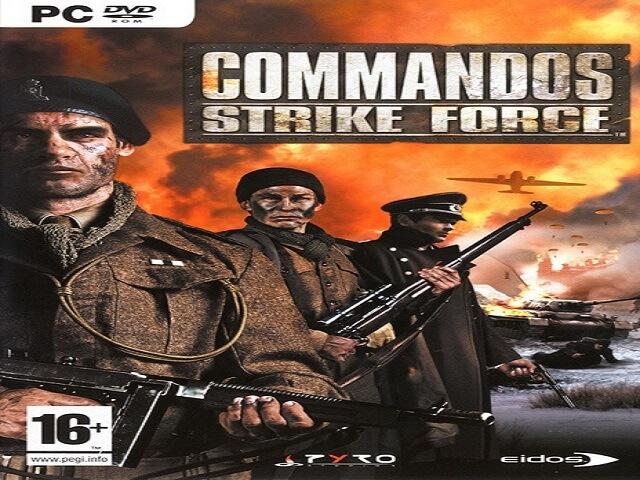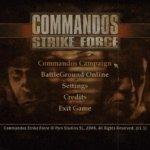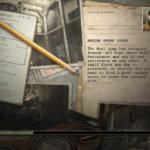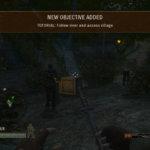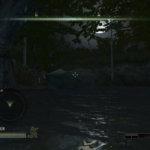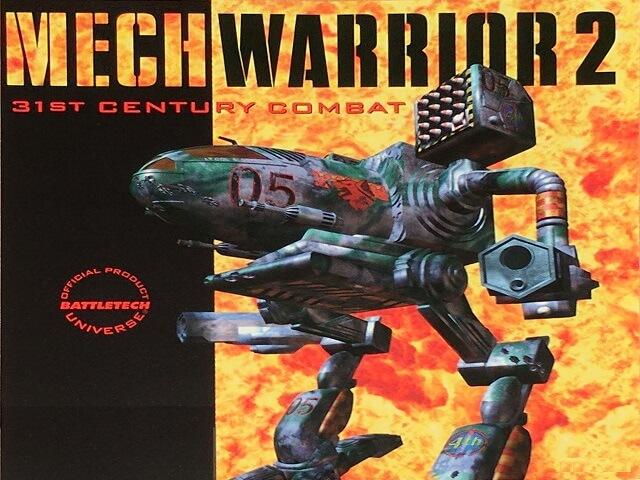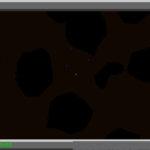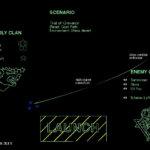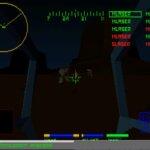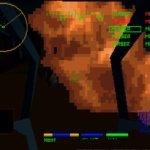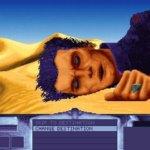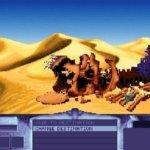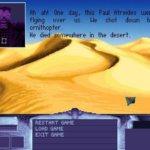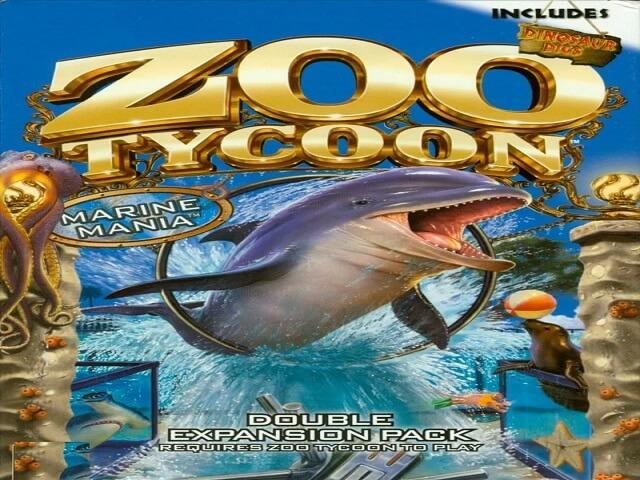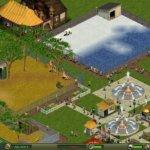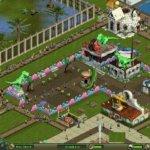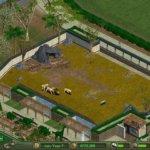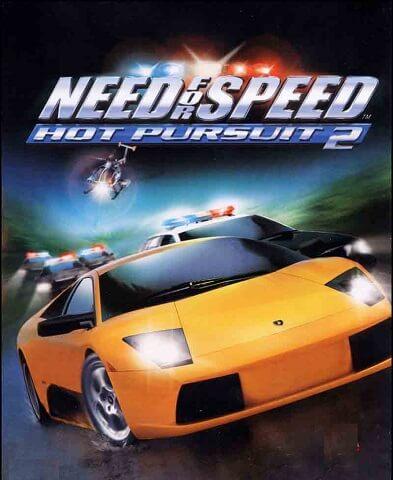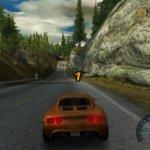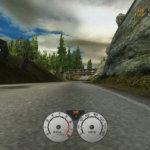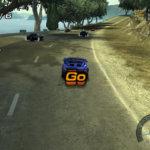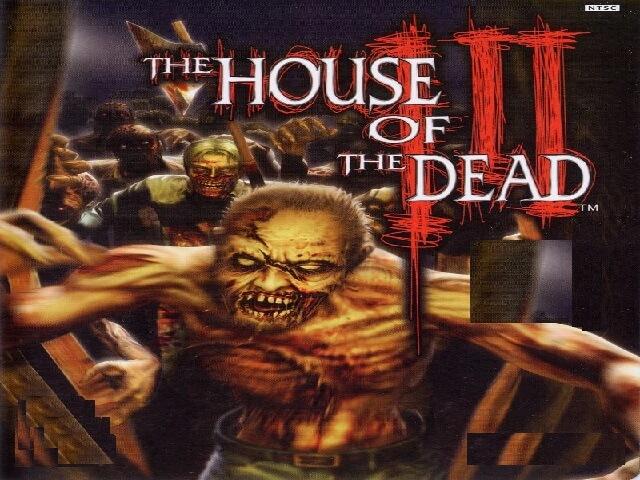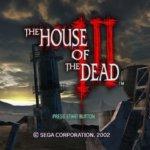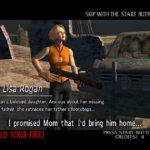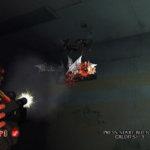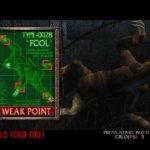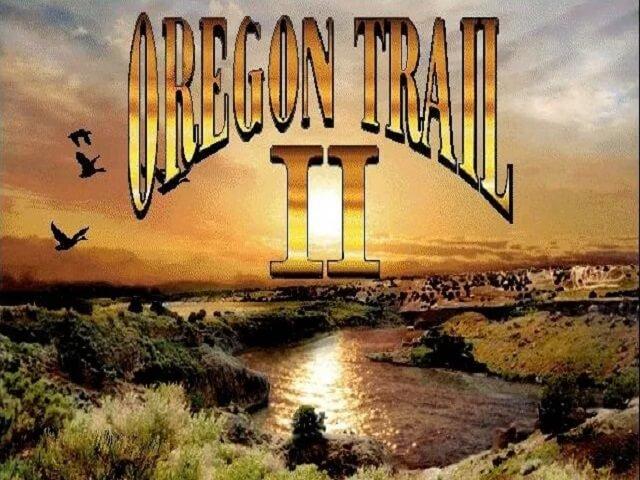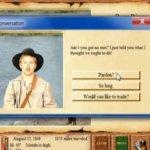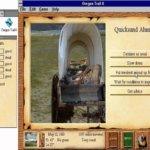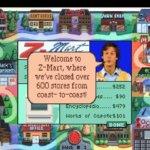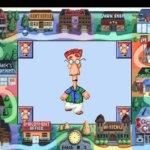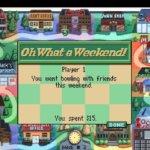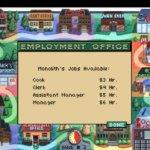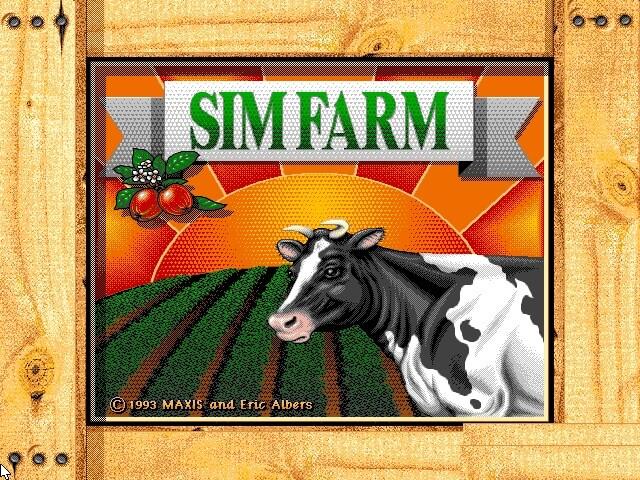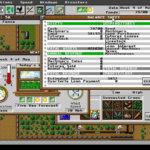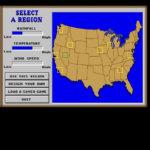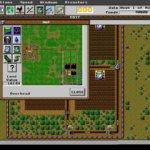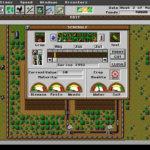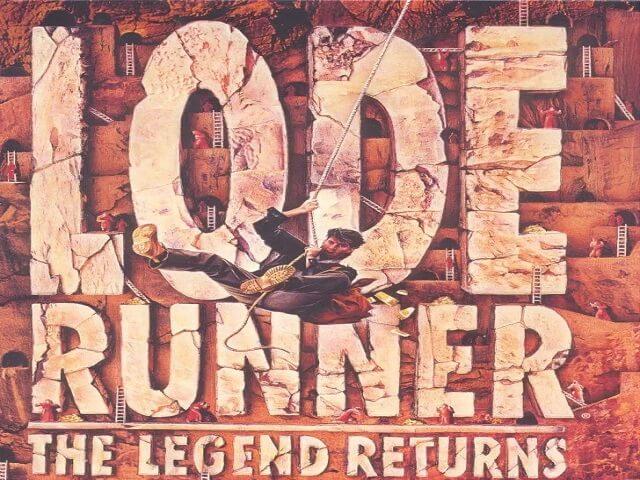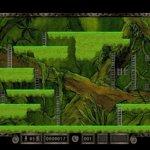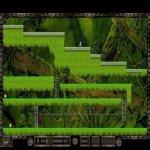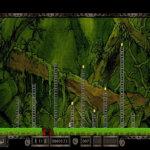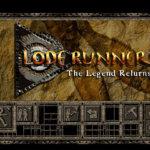Tag: Abandonware
-
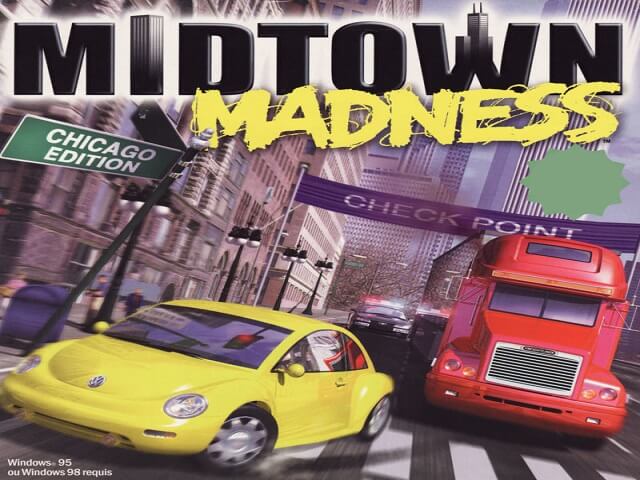
Midtown Madness
Embarking on the Pinnacle of Urban Velocity: Unraveling the Enigma of Midtown Madness Download PC for Windows 7 32-bit
In the annals of gaming antiquity, a prodigious creation emerged in 1999, shattering paradigms and igniting the fervor of racing enthusiasts. Behold Midtown Madness (also revered as Midtown Madness: Chicago Edition), a vehicular odyssey meticulously crafted for the Microsoft Windows domain by the virtuoso minds at Angel Studios and heralded into existence by the gaming giant Microsoft.
A Symphony of Pixels: Genesis and Evolution
The overture began in April of 1999, as a tantalizing demo version cast its spell, paving the way for the grand opus that followed. Midtown Madness, a progenitor of virtual adrenaline, birthed sequels – Midtown Madness 2 and Midtown Madness 3 – each etching its mark on the Xbox canvas in September 2000 and June 2003, respectively. The urban sprawl of Chicago, a digital playground, becomes the stage where players dance with destiny, the rhythmic pulse of street races resonating in the pursuit of coveted automobiles.
Beyond Confinement: The Liberation of the Open World
Midtown Madness stands as a beacon of liberation in the realm of racing games, a departure from the shackles of confining tracks. Instead, it unveils an open-world replica of Chicago, an expansive canvas where freedom knows no bounds. A configuration that beckons players into “an unprecedented degree of freedom to drive around in a virtual metropolis,” providing an intoxicating concoction of challenge and exploration.
Publishers Microsoft Developers Angel Studios Release date 1999 Genre Racing Modes and Metropolises: A Multifaceted Odyssey
The narrative unfolds through various modes, offering players the autonomy to traverse the city’s labyrinthine streets. A unique feature allows the manipulation of weather and traffic conditions, each race becoming a bespoke experience crafted at the fingertips of the player. Multiplayer races transcend the physical realm, as they unfold over local area networks or the vast expanse of the Internet, fostering a communal spirit within this digital racing enclave.
Critical Acclaim and Sibling Reverie: Midnight Club’s Open-World Kin
Gaming pundits, with quills in hand, have bestowed upon Midtown Madness a chorus of positive reviews. Its sibling in the gaming cosmos, Midnight Club: Street Racing, another creation from the hallowed halls of Angel Studios, echoes the theme of open-world city recreations, standing as a testament to the studio’s prowess in crafting virtual metropolises.
The Digital Pilgrimage: Download Unveiled
For those ready to embark on this digital pilgrimage, Midtown Madness old game beckons across multiple platforms. The allure extends beyond the confines of mere nostalgia, with the possibility of reigniting the fervor on diverse gaming platforms.
Windows (1999)
How to play on Windows
- Download and Extract Midtown_Madness_Win_RIP_EN.zip
- Run “midtown.exe”
- Play midtown madness oldgame download.
Midtown Madness Screenshots
Windows

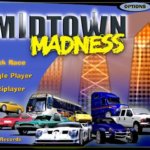
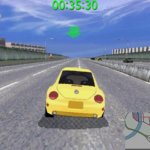

[title] PC System Requirements
RecommendedOS: Windows 10, 8.1, 7, XP, 2000, 98, 95 Processor: Pentium II 233MHz Memory: 128 MB Storage: 1 GB available space Sound Card: DirectX Compatible

Free Republic: The Revolution
Game Description
So, imagine this: “Free Republic: The Revolution” is like the ultimate political playground brought to you by the creative minds at Elixir Studios and Eidos Interactive. Picture Demis Hassabis, the brains behind some of Lionhead Studios’ coolest projects, putting his genius to work in crafting this game.
Now, here’s the scoop: you’re not just playing any old video game; you’re diving headfirst into the world of grassroots politics. We’re talking about regular folks like you and me, trying to shake things up and get their dream government in power. And where does all this excitement unfold? In Novistrana, a fictional country straight out of Eastern Europe.
But hold onto your hats because the drama doesn’t stop there! Elixir Studios got everyone hyped up about a sequel, only to hit a speed bump when they went bankrupt. But fear not, because like a hero in a blockbuster movie, Rebellion Developments swooped in to save the day by snagging the rights to the game.
And guess what? Mac users, you’re not left out of the party! Thanks to the awesome folks at Feral Interactive, you can join in on the fun too. So grab your popcorn, er, I mean your controller, and get ready to lead the charge in Novistrana. It’s politics with a twist, and you’re in the director’s chair!
| ALT NAMES | 共和国:革命, Республика: Революция, Republika: Rewolucja, Gongheguo: Geming |
|---|---|
| YEAR | 2003 |
| PLATFORM | Windows |
| RELEASED IN | Australia, Canada, France, Germany, Italy, New Zealand, United States (2003) Worldwide (2009) |
| GENRE | Simulation |
| PUBLISHER | Eidos GmbH, Eidos Interactive Limited, Eidos Pty Ltd., Eidos, Inc., Rebellion Developments Ltd. |
| DEVELOPER | Elixir Studios |
| PERSPECTIVES | 3rd-Person, Isometric, Top-Down |
Dive into “Free Republic: The Revolution” – Your Political Playground
Shape the Nation Your Way
In “Free Republic: The Revolution,” you decide what happens to an entire nation. Your choices have a significant impact, regardless of whether you’re igniting a revolution or maintaining things as they are. It resembles steering a political rollercoaster!
Call the Shots in a Changing World
Prepare yourself for an exciting journey in a world where politics is constantly changing. You’ll have to make quick decisions and quick thinking while managing alliances, handling resources, and dealing with unforeseen obstacles.
Lots of Ways to Play
There are a ton of various ways to play this game. Everyone can find something to do, from organizing support to using cunning strategies like spying. You’ll thus find your groove, whether you’re an expert strategist or just enjoy a nice story twist.
Stay Sharp, Stay Ready
You’ll constantly find surprises in the universe of “Free Republic: The Revolution”. You’ll need to remain alert to keep ahead of rival factions and unexpected disasters.
Unleash Your Inner Maverick
Every game is a new adventure because there are numerous plots and endings. Thus, don’t be afraid to experiment, take risks, and see where they lead.
How to Download & Install
- Click the DRM Free [title] link below to download.
- Wait until client finishes downloading to 100% and then locate the file/s folder.
- Follow the step(s) to install:– Run or Double click [title]! setup_. exe
- That’s it, play and enjoy!
- You can support the developers by, if you like it BUY IT!
Install on Windows Vista, 7, 8.1, 10 & 11 PC
The Future of “Free Republic: The Revolution”
What’s Next for This Political Simulation Game?
Updates and Support
Watch for the developers’ frequent updates and patches. These updates frequently provide bug fixes, gameplay enhancements, and even brand-new features to make your gaming even more enjoyable.
Expansion Packs and DLCs
In the game store, look for expansion packs and downloadable content (DLC). To keep the game intriguing and new, these add-ons usually include new challenges, characters, and storylines.
Sequels or Spin-Offs
Watch this space for details regarding “Free Republic: The Revolution” spin-offs or sequels. These sequels to the original game could go into new territory or carry on the narrative.
Community Engagement
Participate in live events, social media platforms, and game community forums. Players’ opinions are frequently sought after by developers, who may even include their recommendations in upcoming patches or add-ons.
Modding Support
Seek out materials and tools for modding that the developers have made available. With the help of these tools, players can produce their own unique material, including additional characters or scenarios, giving the game even more replay value.
Conclusion
There’s a lot to anticipate when “Free Republic: The Revolution” develops further. To maximize your gaming experience, stay in touch with the game’s community and keep a look out for news and updates.
[title] Screenshots
Windows


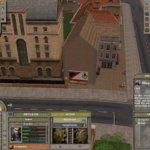
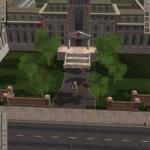
“Free Republic: The Revolution” FAQs
1. What is “Free Republic: The Revolution”?
“Free Republic: The Revolution” is a strategy game developed by Elixir Studios and published by Eidos Interactive. It immerses players in the world of political upheaval, where they can lead a revolution or maintain control as the ruling regime in a fictional country.
2. What platforms is the game available on?
The game was initially released for PC, but it has also been made available for Mac OS X by Feral Interactive.
3. Can I play as both the revolutionaries and the government?
Yes, players have the option to choose their role in the game. They can lead a grassroots political movement to overthrow the government or work to maintain power and quell dissent as the ruling regime.
4. What are the key gameplay mechanics?
The game features dynamic political simulation, strategic decision-making, and various gameplay mechanics such as resource management, diplomacy, propaganda, and military tactics.
5. Are there multiple endings?
Yes, “Free Republic: The Revolution” offers multiple endings and branching storylines based on the player’s choices and actions throughout the game.
6. Will there be any future updates or expansions?
While there are no official announcements regarding future updates or expansions, developers may release additional content or updates based on player feedback and demand.
7. Is there modding support for the game?
Yes, the game supports modding, allowing players to create and share custom content, including new scenarios, characters, and gameplay features.
8. How can I get involved in the game’s community?
You can join the game’s community forums, follow official social media channels, and participate in live events to engage with other players and stay updated on the latest news and developments.
